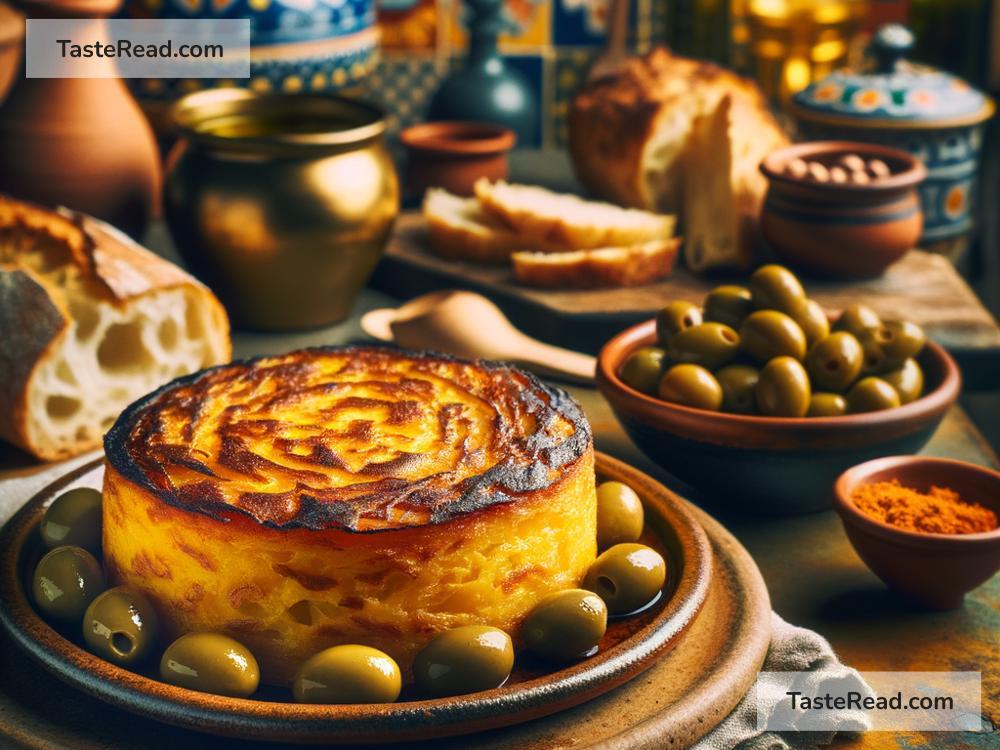How the Spanish Tortilla Became a Versatile Dish
The Spanish tortilla, also known as the tortilla Española or tortilla de patatas, is a widely beloved dish that has captivated food enthusiasts around the world. But what makes this simple dish of eggs, potatoes, and onions so special and versatile? Its journey from a humble peasant meal to a culinary icon is a story of adaptability, creativity, and the universal language of good food.
Origins: A Modest Beginning
The Spanish tortilla’s origins are a bit of a mystery, with various tales about its creation. One popular story suggests it was a cost-effective solution for poor farmers and workers who needed nutritious and filling meals without breaking the bank. Eggs and potatoes, the core ingredients, were widely available and relatively cheap, making them perfect candidates for a sustaining meal.
Over time, the tortilla made its way from the rural countryside to the bustling cities of Spain, gaining popularity at every stop. By the early 20th century, it had become a staple of Spanish cuisine, served in homes and tapas bars alike. Its simple base provided a canvas for countless variations, showcasing the creativity of Spanish cooks and the dish’s inherent versatility.
Versatility: The Key to Global Success
At its heart, the Spanish tortilla is a dish of stunning simplicity. Yet, it is this simplicity that makes it so versatile and adaptable. In Spain, it’s not uncommon to find tortillas filled with chorizo, bell peppers, cheese, or even spinach, showing just how easily it can be customized.
The tortilla’s versatility isn’t limited to its ingredients; it can be served hot or cold, making it perfect for any meal or occasion. It’s a common sight in Spanish homes, where it might be served as a hearty breakfast, a light lunch, or even a late-night snack. In tapas bars, smaller slices are served alongside other dishes, allowing patrons to savor a wide variety of flavors in a single meal.
Adaptation: A Global Phenomenon
As the Spanish tortilla made its way across the globe, it was embraced by different cultures, each adding their unique twist to the classic recipe. In some countries, local ingredients are mixed in, giving the tortilla a distinct regional flavor. Elsewhere, the concept of the tortilla has been adapted to fit local tastes, leading to creations like the Italian frittata or the French omelette, which, while distinct, share a lineage with the Spanish original.
What’s fascinating is how the tortilla has maintained its identity through these adaptations. Whether it’s the thickness, the creamy interior, or the slightly crispy exterior, certain characteristics define a tortilla Española, regardless of where it’s made or the ingredients used.
Cultural Impact: More Than Just Food
The Spanish tortilla is more than just a dish; it’s a cultural icon that brings people together. In Spain, making a tortilla can be a family affair, with everyone from grandparents to grandchildren pitching in. This communal aspect extends beyond the family unit, with tortilla competitions and festivals being popular in many Spanish communities.
Its accessibility and ease of preparation have made the tortilla a favorite among students and young adults living away from home for the first time. It’s often one of the first dishes they learn to cook, serving as a delicious reminder of home.
Conclusion: A Testament to the Power of Simple Cooking
The journey of the Spanish tortilla from humble beginnings to global stardom is a testament to the power of simple cooking. With just a few ingredients, it showcases how creativity and adaptability can transform the ordinary into the extraordinary. Its versatility has allowed it to cross cultural boundaries, adapting to local tastes while maintaining its core identity.
Whether you’re enjoying a slice in a sunny Spanish plaza or experimenting with your rendition at home, the tortilla Española is a reminder of food’s ability to bring us together, transcending language and culture. So, the next time you bite into this delicious dish, remember you’re savoring a piece of history, a dish that has captivated hearts and taste buds around the world. And who knows? Maybe you’ll be inspired to create your version of this versatile classic.


